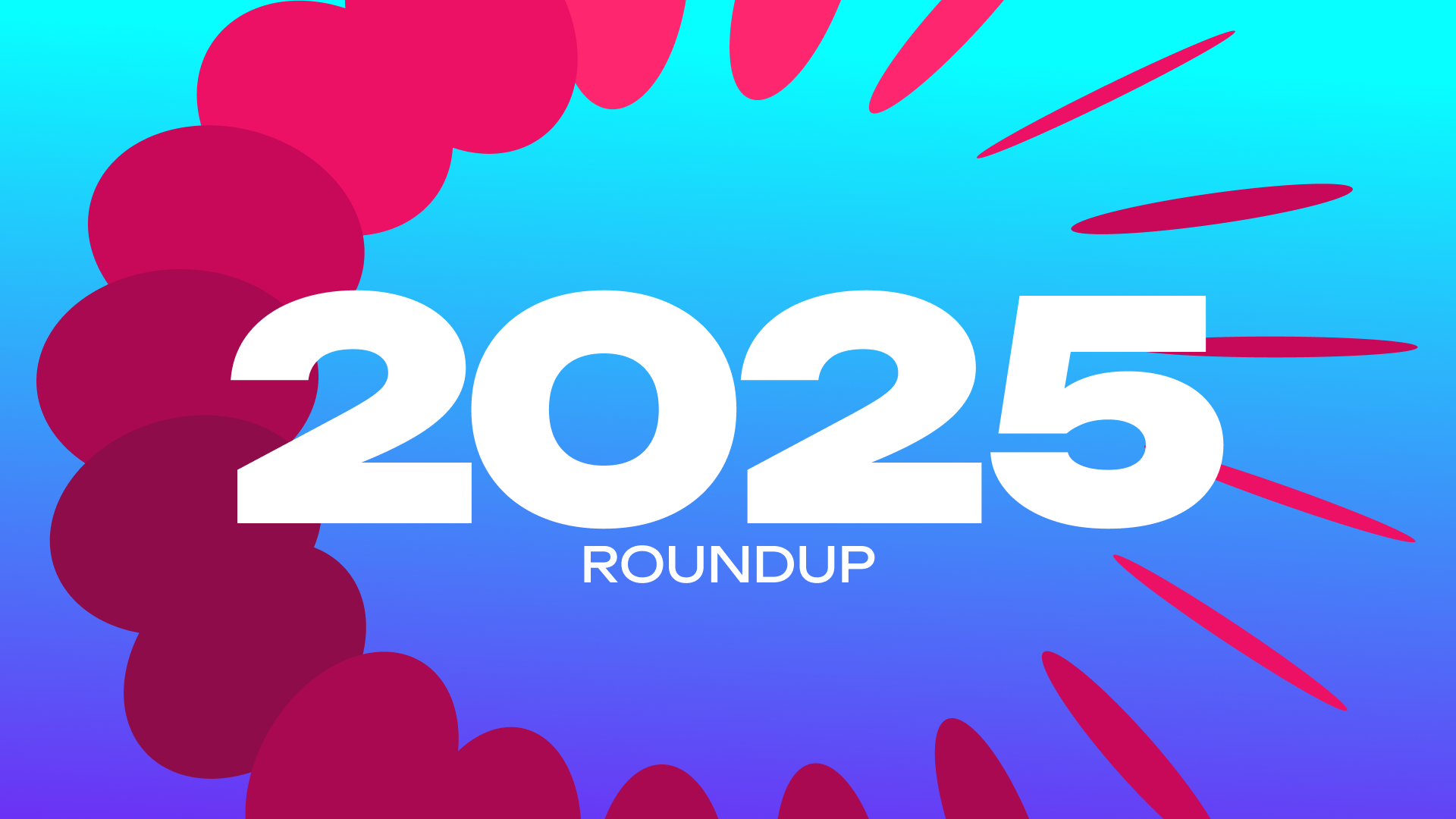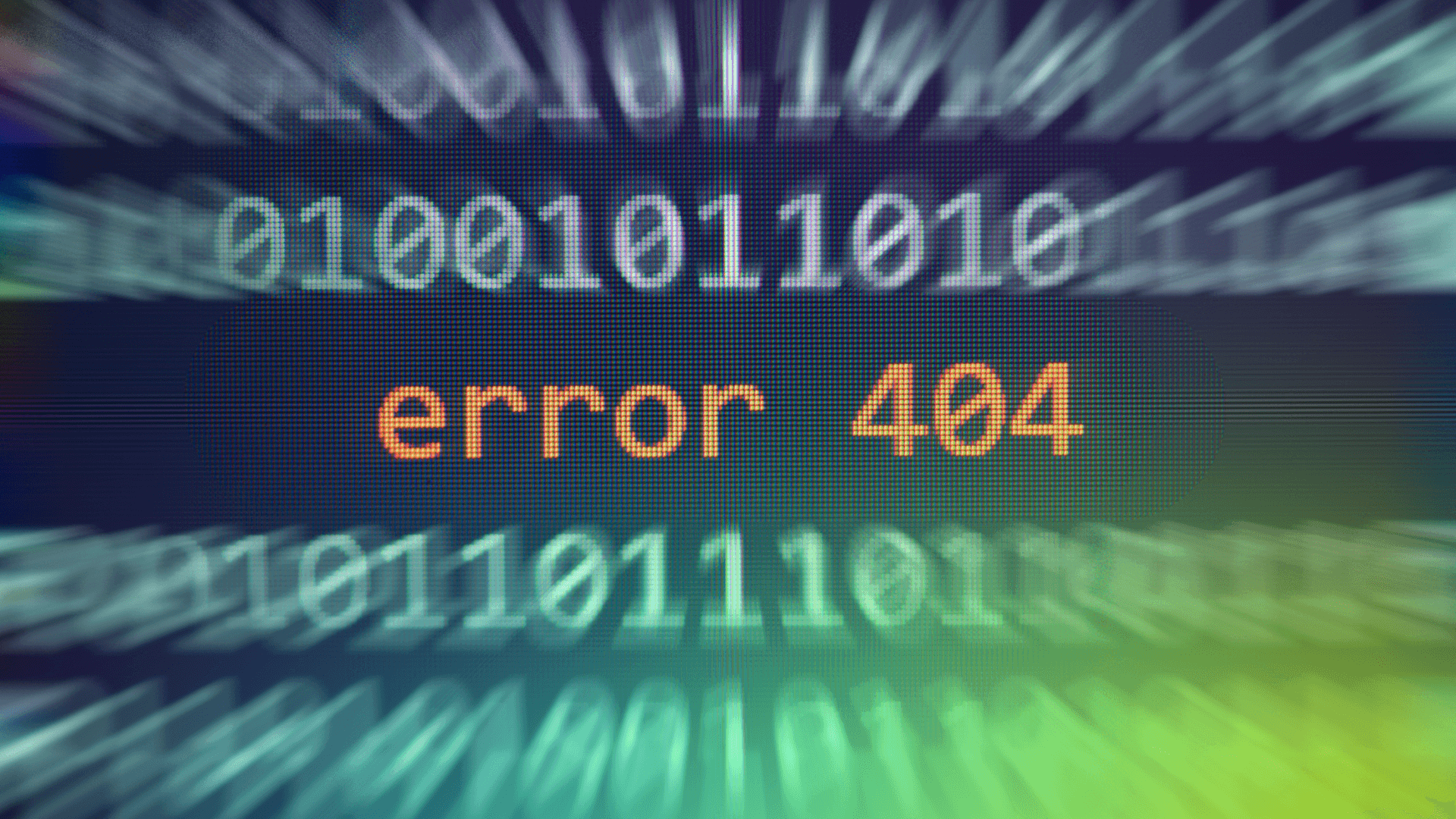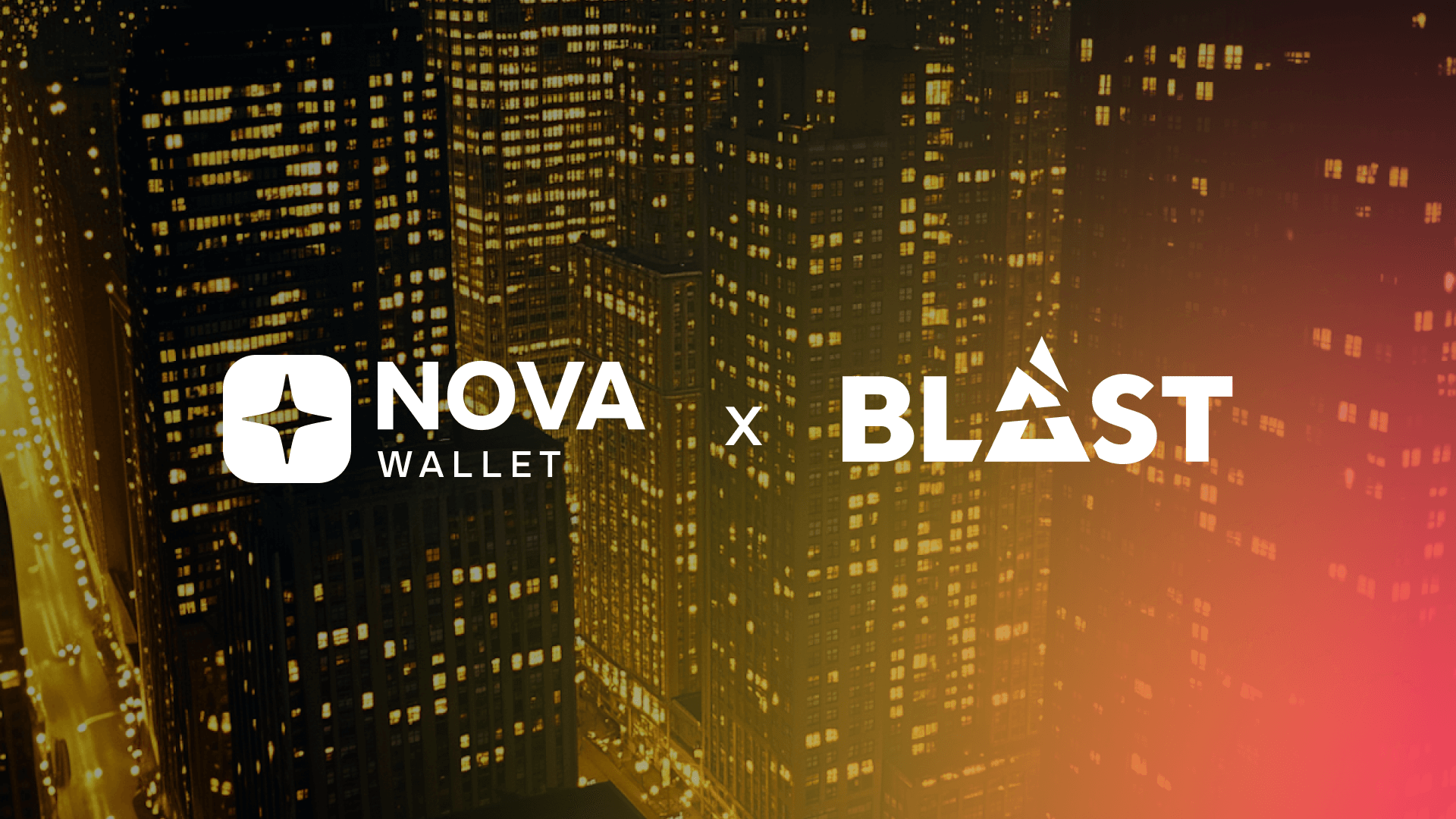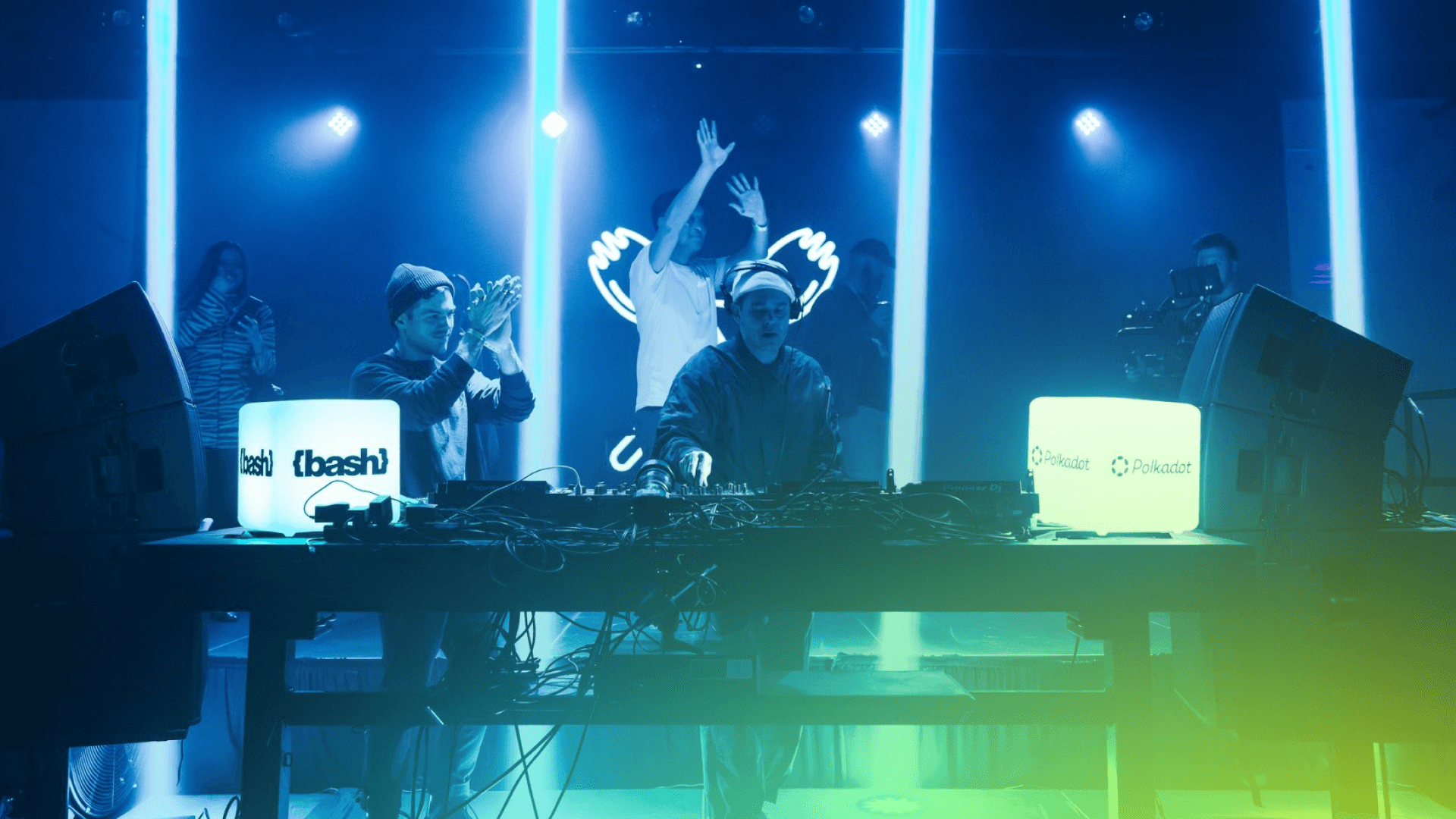Governance, side by side: Polkadot, Ethereum, and NEAR
Decentralized Mic pulled together experts from leading experts from Polkadot, Ethereum, and NEAR to discuss decentralized decision-making approaches, address participation challenges, and explore the potential impact of AI on future governance models.

What you can expect
- A side-by-side look at how governance works in Ethereum, NEAR, and Polkadot
- Real insights from experts shaping governance in each ecosystem
- An overview of participation challenges and how AI might help solve them
- A breakdown of how OpenGov works on Polkadot and what makes it unique
- A discussion on why governance matters for the long-term value of public blockchains
- Encouragement to explore governance firsthand—with practical ways to get involved
Governance is the foundation of any decentralized network. It shapes how communities evolve, how innovation is funded, how challenges are addressed, and how trust is built over time. As Web3 continues to grow, so do the governance models that determine how these ecosystems make decisions.
In a recent episode of The Decentralized Mic, Polkadot brought together three leading voices from across the ecosystem for a conversation on blockchain governance. The discussion brought together Christine Kim of Galaxy, Lane Rettig of NEAR Foundation, and Bill Laboon of Web3 Foundation to compare how governance is approached in Ethereum, NEAR, and Polkadot. The panel was moderated by Joyce Siqueira of Parity Technologies.
While the speakers represented different ecosystems, they also brought diverse experiences. Christine has been covering Ethereum governance since 2018, first as a journalist and now as a researcher. Lane previously worked as a core developer at the Ethereum Foundation before shifting his focus to governance design and now leads research at NEAR Foundation. Bill, with a background in both computer science and political theory, oversees education and governance initiatives at Web3 Foundation, which supports the development of Polkadot and Kusama.
Together, they offered a nuanced view into the trade-offs, values, and evolving philosophies that shape blockchain governance today.
How governance differs across ecosystems
Each network takes a distinct approach to governance, influenced by its architecture, community culture, and long-term goals.
Ethereum: Open participation through offchain coordination
Ethereum relies almost entirely on offchain governance. Decisions are made through biweekly developer calls, GitHub discussions, Discord forums, and other open coordination channels. There is no onchain voting mechanism, and influence is earned through sustained contribution rather than token ownership.
Christine explained that while this model is transparent and open to anyone, it can also be difficult to follow. With no centralized record of how or why decisions are made, community members often need to search through livestreams, call transcripts, and GitHub threads to understand the context behind key proposals.
That lack of structure can be a strength. According to the panel, Ethereum’s informal model makes it difficult to game. But it also places the burden on contributors to remain highly engaged if they want to follow along or participate.
Polkadot: Fully onchain, transparent, and executable governance
Polkadot formalizes everything onchain. Through OpenGov, proposals are submitted as executable code, votes are recorded onchain, and if passed, changes are enacted automatically. Bill noted that this approach removes ambiguity and provides a clear record of what was proposed, how people voted, and what the outcome will be.
Still, onchain governance has its own challenges. Voters must evaluate technically complex proposals, and mistakes in the code can occasionally result in reruns. Bill emphasized that while onchain processes are black and white, offchain communication remains critical—especially during code emergencies, when quick coordination is needed to bring issues to a vote.
NEAR: Iterating toward simplicity with scoped delegated voting
NEAR’s governance model sits somewhere in between Polkadot and Ethereum. The protocol previously attempted a more complex democratic model through the NEAR Digital Collective, which Lane said ultimately proved difficult to implement effectively. The NEAR Foundation has since launched a new initiative called House of Stake, which introduces delegated token voting with a focus on simplicity and clear decision scopes.
Lane shared that NEAR’s governance evolution reflects a broader industry trend: the need to learn from other ecosystems while embracing experimentation. He emphasized that the current phase is still early, with a small group of delegates and a research-heavy approach that will eventually move into more active governance.
Boosting participation and tackling apathy
Participation remains one of the toughest problems across all governance systems.
In Ethereum, Christine said participation tends to spike when proposed changes directly impact stakeholders, such as staking providers or client teams. But she also acknowledged that not everyone is aware of when decisions are happening or how they might be affected.
She noted that this creates a communication challenge. While governance is open to anyone, staying informed takes work—and much of that burden falls on those, like her, who summarize and explain the process for the broader community.
Polkadot addresses participation through programs like Decentralized Voices, which delegate treasury decisions to trusted community members. Bill explained that Web3 Foundation deliberately abstains from most referenda, and these initiatives help keep decision-making distributed and representative.
Lane believes AI can help reduce the barriers to participation. At NEAR, governance tools are being developed to summarize proposals, assist with drafting, and eventually act as autonomous delegates that users can opt into.
He said one of the goals is to reduce the repetitive, bureaucratic aspects of governance. Christine and Bill echoed this idea, agreeing that AI has the potential to make it easier for users to understand complex technical changes and stay engaged.
Evolving models and the case for simplicity
All three speakers emphasized that governance is an ongoing process. Systems change over time, and excessive complexity often makes participation harder.
Polkadot: Reducing friction with OpenGov and track-based voting
At Polkadot, the move from the original Governance v1 to OpenGov was a deliberate simplification. The earlier model included a council and technical committee with special powers over treasury decisions and proposal timelines. With OpenGov, decisions now follow a “one DOT, one vote” principle, and proposal tracks are clearly defined by purpose.
Bill explained that the only exception is the Polkadot Technical Fellowship, which can whitelist a referendum on a certain track for faster passage. Beyond that, everything is decided directly by token holders. He said this simplification was critical for encouraging broader participation and avoiding insider capture.
NEAR: Rebuilding with a lightweight governance foundation
At NEAR, the new governance model intentionally limits the number of delegates and narrows the scope of decision-making. Lane said past attempts to build a complex checks-and-balances system didn’t translate well onchain. This time, the emphasis is on starting small, focusing on specific areas like funding and economic decisions, and building from there.
Ethereum: Flexible and interpretive, but sometimes unclear
Ethereum’s offchain model has also evolved. Christine observed that while developers once shied away from social and economic issues, client teams are now more engaged in those conversations. Still, without a formal structure, some proposals can hang unresolved for months, and decisions are often revisited or reversed over time.
She pointed out that governance in Ethereum is not always a clear yes-or-no process. Decisions are shaped through discussion, community feedback, and a rough consensus model that sometimes leaves room for interpretation.
Looking ahead: AI, accountability, and experimentation
The panelists closed with thoughts on the future of governance, particularly the role of AI in supporting decentralized decision-making.
Lane shared that NEAR is exploring a phased approach. The first stage includes AI tools that help human participants navigate proposals. The second involves AI delegates with limited autonomy. A third, more experimental stage envisions a single agent overseeing protocol governance—though that remains a long-term idea.
Christine sees AI playing a supporting role in Ethereum. She said it could help summarize developer calls, generate documentation, and reduce the manual work involved in keeping governance accessible.
Bill added that Polkadot is already using AI to generate human-readable summaries of referenda. With thousands of referenda on Polkadot and Kusama, he said voters need tools to help them stay informed.
All three panelists emphasized that there is no perfect governance model. Bill pointed to political theory, referencing Arrow’s impossibility theorem, which shows that no voting system can meet all fairness criteria at once. He said the focus should be on making steady improvements, not chasing perfection.
Christine agreed, adding that governance is tied closely to the value and sustainability of blockchain networks. As ecosystems evolve, so must the systems that govern them.
Try it for yourself
The best way to understand governance is to get involved.
Bill encouraged listeners to explore referenda on Polkassembly. Lane shared how he recently re-engaged with governance by participating in different protocols and experimenting with delegated voting. Christine emphasized that for public blockchains to flourish and remain sustainable, strong governance is essential.
All three speakers called on the audience to explore what’s already happening, try out the tools, and stay curious. Whether through voting, joining a call, or simply observing, there are more opportunities than ever to shape the future of decentralized systems.












